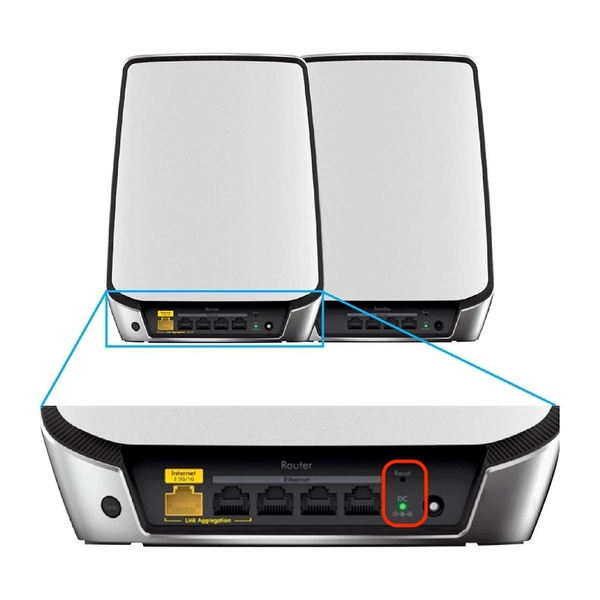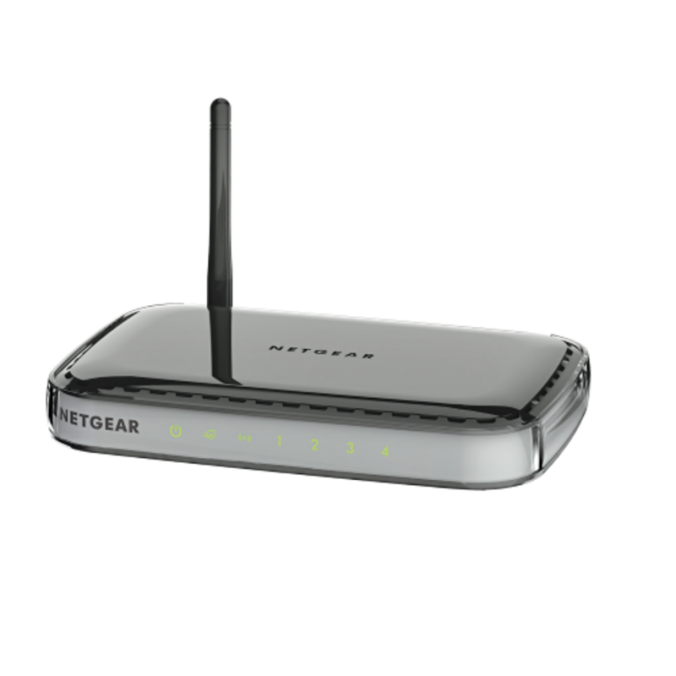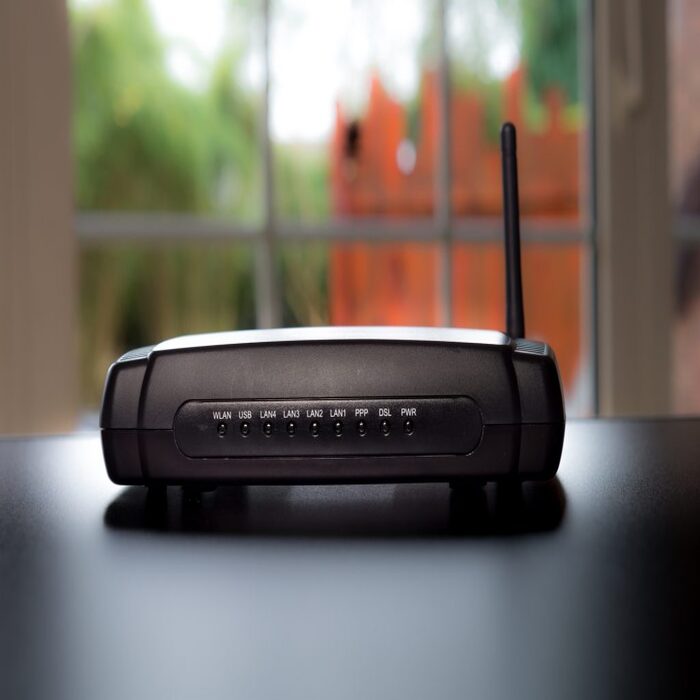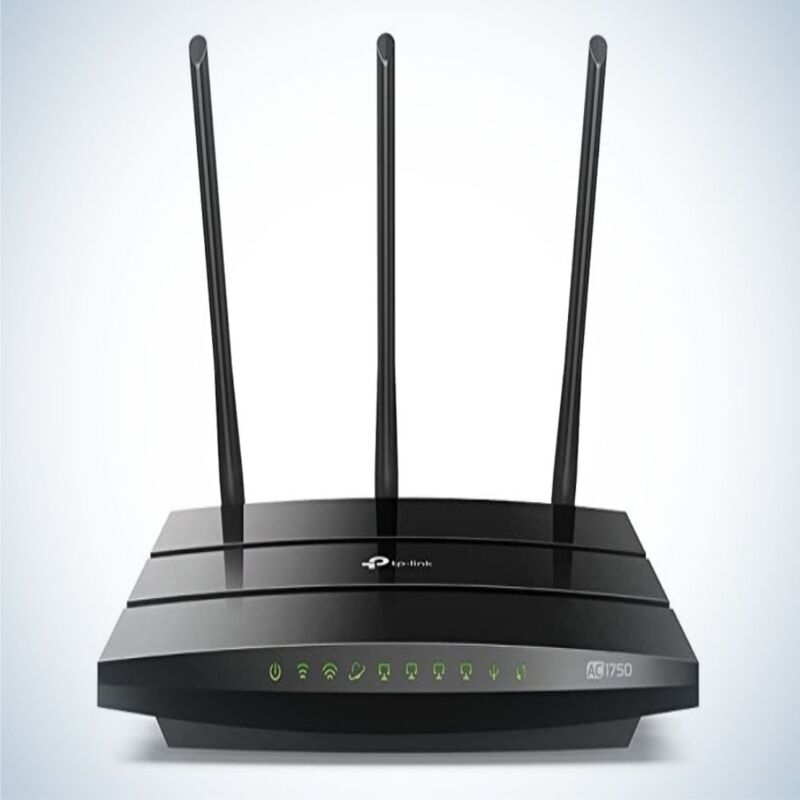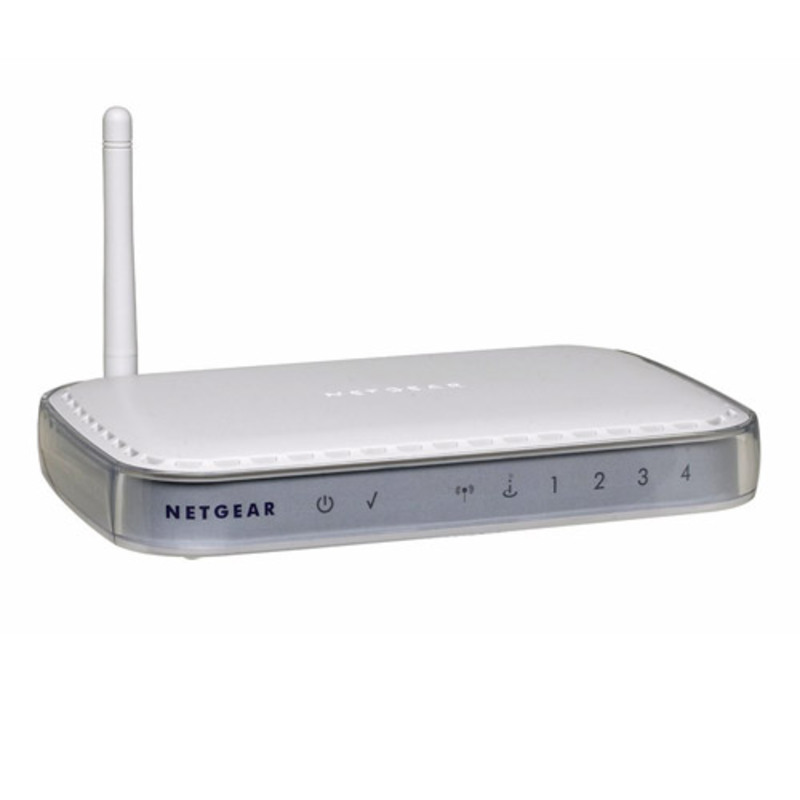Reasons for Resetting Your Netgear Router
There are multiple reasons why you might need to factory reset your Netgear router. Understanding these can help you decide if a reset is necessary, or if troubleshooting would suffice.
- Performance Issues: Sometimes, your Netgear router may experience lag or slow performance. A reset can refresh the system, potentially resolving these issues.
- Forgotten Passwords: If you cannot remember your router’s admin password, a factory reset netgear router can restore access by resetting it to default settings.
- Selling or Donating the Router: Before passing on your router to someone else, it’s best to factory reset it to protect your personal information.
- Malfunctioning Firmware Upgrades: Failed or incomplete firmware updates can cause router malfunctions. A hard reset can bring it back to a stable state.
- Persistent Connectivity Problems: If your router consistently drops connections or struggles to connect devices, a reset may address possible glitches within the software.
- Security Reasons: After a security breach, a factory reset can help to completely clear out any potential threats from your system.
Taking the step to reset can sometimes be the simplest solution to a variety of problems. It returns the router to its original state and may resolve issues without the need for further technical assistance. Keep these reasons in mind as you weigh the choice to perform a soft or hard reset, which will be covered in upcoming sections of this guide.

Preparing to Reset Your Netgear Router
Before attempting a factory reset netgear router, preparations are essential. This helps ensure a smooth and trouble-free reset process. Follow these steps to get ready:
- Back Up Your Settings: Save a copy of your current router settings. You might need them after the reset.
- Gather Necessary Information: Note down your internet service provider (ISP) details, network settings, and any custom configurations you’ve set.
- Check Power Supply: Ensure your router is plugged in. A stable power source is critical during a reset.
- Connect to Your Router: Use a wired connection if possible. It helps prevent disruptions that might occur with wireless connections.
- Locate the Reset Button: Find the reset button on your Netgear router. It’s usually at the back and might be labeled ‘Reset’ or hidden in a pinhole.
- Have Tools Ready: If the reset button is inside a pinhole, get a paperclip or similar tool to press it.
Taking these steps prepares you for a factory reset netgear router smoothly and reinstates your internet connection without unnecessary delays.
Types of Resets: Soft Reset vs Hard Reset
When considering a factory reset Netgear router, you should know two main types: soft reset and hard reset. Each serves a different purpose and has a distinct process.
Soft Reset
A soft reset is less drastic than a hard reset. It reboots your router without erasing any of your configurations or data. Here’s why you might opt for a soft reset:
- To quickly resolve minor glitches or temporary connectivity problems.
- When you want to refresh your network connection without changing any settings.
Performing a soft reset is simple. Unplug your Netgear router from the power source. Wait for about one minute, then plug it back in. This action should be enough to reboot the system and clear minor issues.
Hard Reset
A hard reset, also known as a factory reset, restores your Netgear router to its original factory settings. Choose a hard reset when:
- You’ve forgotten the admin password and cannot access router settings.
- You are resolving persistent performance or connectivity problems.
- You need to clear all personal data before selling or donating the router.
The hard reset process involves pressing the reset button on the router for a specific duration, typically around ten seconds. This action will erase all customized settings, including your username, password, WiFi network name (SSID), and security settings.
To avoid confusion, always consider a soft reset before a hard reset. If you perform a soft reset and still face issues, a hard reset may be necessary. However, remember that a hard reset will require you to reconfigure your router settings afterwards.

Step-by-Step: Performing a Soft Reset
Performing a soft reset on your Netgear router can resolve minor glitches quickly. Here’s how to do it in a few simple steps:
- Disconnect Power: Start by unplugging your Netgear router from the electrical outlet. This cuts off its power supply.
- Wait: Leave the router disconnected for about one minute. This pause allows the device to clear any temporary issues.
- Reconnect Power: After waiting, plug the router back into the outlet. Ensure the power connection is secure.
- Monitor Router Lights: Observe the lights on the router. They should cycle through their startup process, indicating a reboot is occurring.
- Check Connectivity: Once the router lights are stable, test your connection. Try accessing the internet from a device to confirm the reset worked.
A soft reset does not change any of your saved settings. It is a quick and effective first step to take before considering a hard reset. Remember, if problems persist after a soft reset, you may need to factory reset Netgear router. But always start with this less drastic measure to minimize inconvenience and the need for reconfiguration.
Step-by-Step: Performing a Hard Reset
When minor fixes don’t solve the issue, you may need to factory reset Netgear router. This will return the router to its original settings. Here are the steps to perform a hard reset:
- Find the Reset Button: Locate the small, recessed button on the back of your router.
- Press the Reset Button: Using a paperclip or similar tool, press and hold the reset button for about ten seconds.
- Wait for Restart: Release the button and wait for the router to restart. The lights on the router will blink and then stabilize.
- Router Returns to Default: The router will revert to factory settings. This means your custom settings are now erased.
- Reconnect Devices: After the router restarts, connect your devices to the network. You will need to use the default WiFi network name (SSID) and password.
Remember to back up your settings before performing a hard reset, as you’ll have to re-enter them manually.
Reconfiguring Your Router After Reset
Once you complete a factory reset Netgear router, reconfiguring it is critical to get your network up and running again. Below are the steps to guide you through the process:
- Access Router Login Page: Open a web browser and enter the Netgear router’s default IP address to access the login page.
- Enter Default Login Credentials: Use the default username and password, often found in the router’s manual or online, to log in.
- Run the Setup Wizard: Most Netgear routers offer a setup wizard. Use it to streamline the configuration process.
- Restore Internet Connection: Enter the ISP details you previously noted down to re-establish your internet connection.
- Configure Wireless Settings: Set a new WiFi network name (SSID) and password. Make them unique to strengthen security.
- Update Firmware: Check for firmware updates. Installing the latest version can enhance performance and security.
- Reconnect Devices: Connect your computers, phones, and other devices to the new network using the SSID and password you set.
- Backup Settings: Once everything works, back up the new settings to save time in case of future resets.
Follow these steps to ensure a smooth transition after resetting your router. They help secure your network, optimize performance, and maintain a reliable connection.
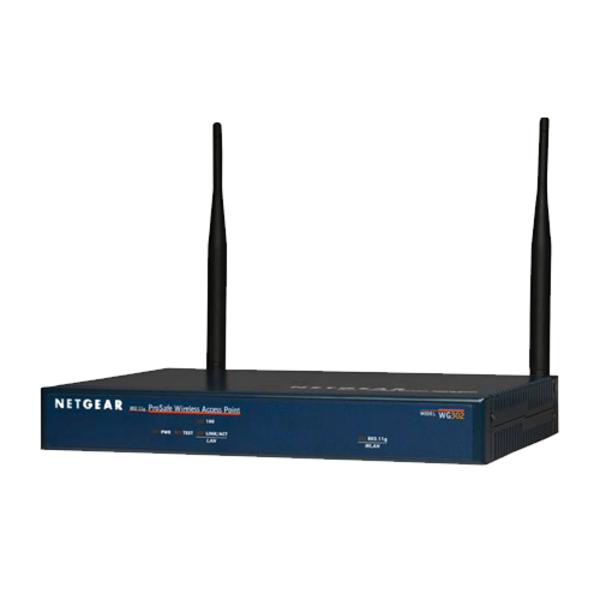
Troubleshooting Common Post-Reset Issues
After you factory reset Netgear router, you may face some common issues. Here’s how to troubleshoot them:
- Can’t Connect to Router: Ensure you’re using the correct default SSID and password. They are often on a label on the router.
- Slow Internet Speeds: Test different devices. If one device is slow, the issue may be with the device, not the router.
- Intermittent Connectivity: Check for interference from other devices like cordless phones or microwave ovens.
- No Internet Access: Recheck ISP details and configurations. Incorrect details can prevent access.
- Unable to Access Router Settings: Confirm you’re entering the default IP address correctly. Refer to the manual or online guides.
- Lost Configurations: After a hard reset, all custom settings are erased. You’ll need to re-enter them.
- Outdated Firmware: Download the latest firmware from the Netgear website to improve stability and features.
If issues persist, reaching out to Netgear’s customer support can offer additional assistance. Keeping your router’s firmware updated and backing up your settings can prevent future issues after a reset.
Protecting Your Router: Tips for Maintaining Security After Reset
After you factory reset Netgear router, it’s important to secure it. Here are some tips:
- Change Default Credentials: Don’t stick with the factory-set username and password. Change them to something only you know.
- Use a Strong Password: Create a password that’s hard to guess. Mix letters, numbers, and special characters.
- Enable Network Encryption: Choose WPA3 encryption if available. If not, WPA2 is the next best option.
- Disable Remote Management: This stops others from accessing your router settings remotely.
- Update Firmware Regularly: Firmware updates often contain security fixes. Check and update often.
- Monitor Connected Devices: Regularly check devices connected to your network. Unfamiliar ones could be a sign of a security breach.
- Set Up a Guest Network: For visitors, set up a separate network. This keeps your main network more secure.
By following these steps, you’ll help keep your Netgear router and home network safe from threats.
